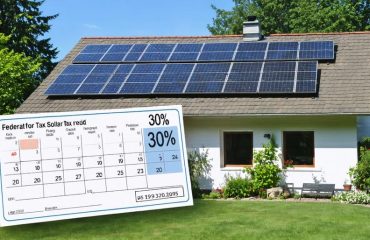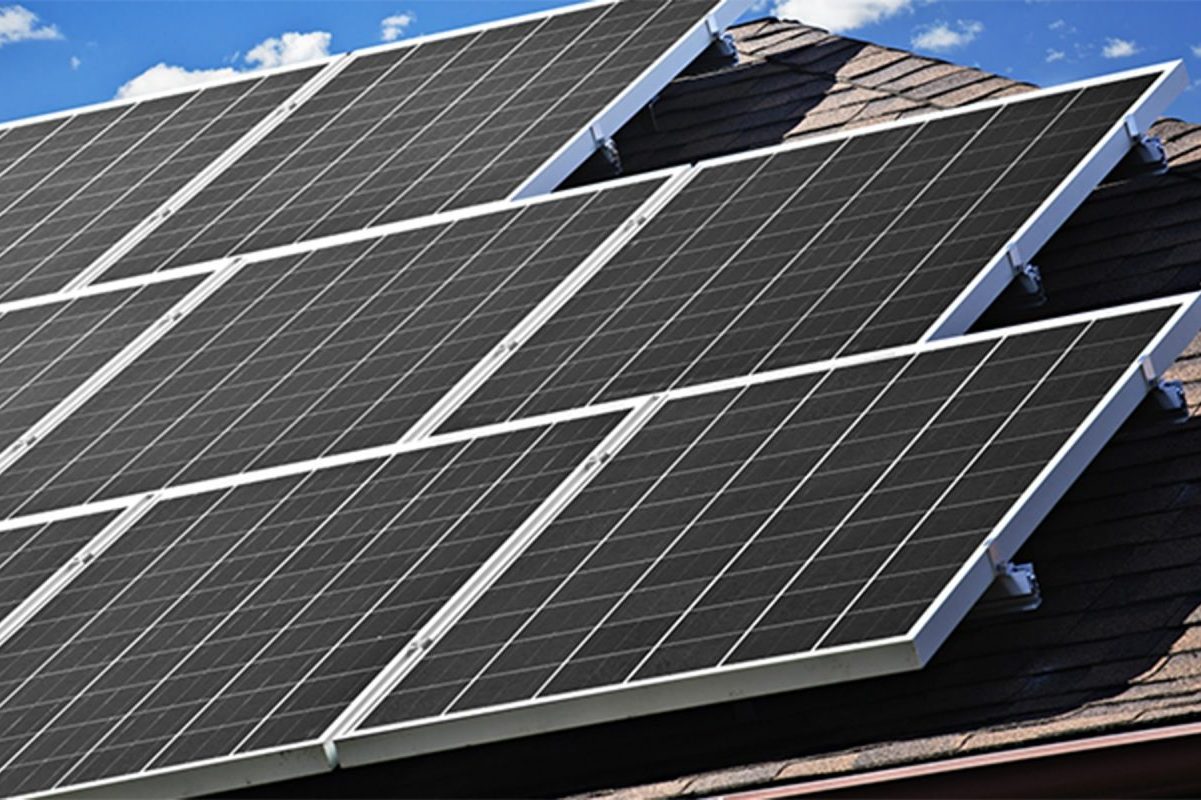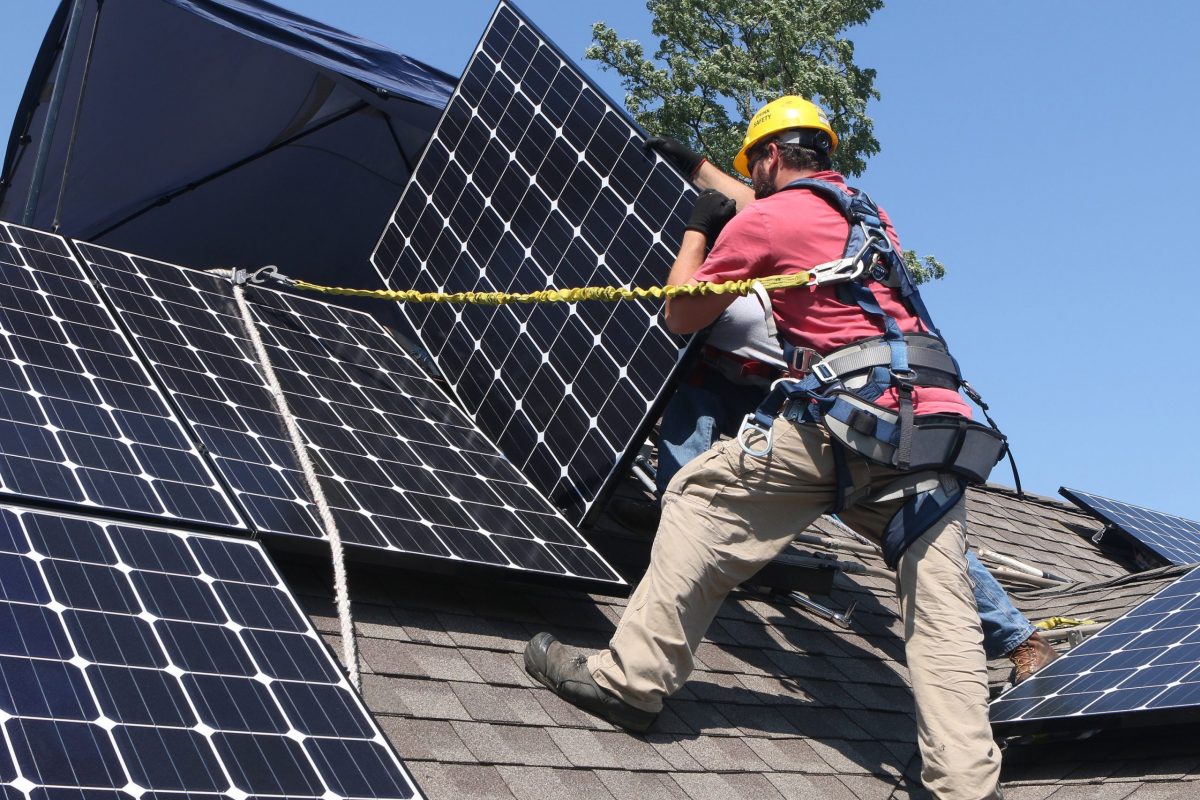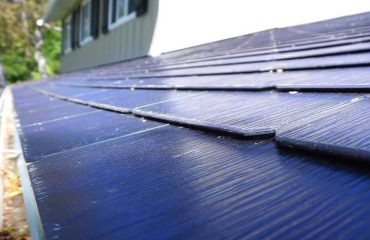Slash your energy bills and join the green revolution with homeowner solar energy grants. Government incentives and utility company rebates can cover up to 50% of your solar installation costs, putting clean, affordable residential solar within reach. Research federal and state grant programs, apply early to secure your spot, and work with a reputable installer to maximize savings. With expert guidance and financial support, you can harness the sun’s power, reduce your carbon footprint, and enjoy decades of free, renewable electricity. Don’t miss out on this bright opportunity to transform your home and your future with solar.
Types of Solar Energy Grants

Federal Grants
The federal government offers the Residential Renewable Energy Tax Credit, which allows homeowners to claim a tax credit equal to 30% of the cost of their solar energy system. To qualify, the system must be placed in service between January 1, 2017, and December 31, 2034. The tax credit applies to the cost of solar panels, labor for installation, and additional equipment like wiring, energy storage devices, and mounting hardware.
Applying for the tax credit is straightforward – simply complete IRS Form 5695 and attach it to your federal income tax return. Keep records of all expenses related to your solar installation to support your claim. The savings from this tax credit can be substantial, potentially reducing the cost of your solar energy system by thousands of dollars.
It’s important to note that this is a tax credit, not a deduction, meaning it directly reduces your tax liability dollar-for-dollar. If the credit exceeds your tax liability, you can carry the unused portion forward to future tax years. By taking advantage of this federal grant program, homeowners can significantly lower the upfront cost of going solar and enjoy clean, renewable energy while saving money on their utility bills.
State and Local Grants
State and local solar energy grants for homeowners vary widely depending on your location. Many states, counties, and municipalities offer their own incentive programs to encourage the adoption of solar power. For example, California’s SASH program provides significant rebates for low-income households installing solar systems, while New York’s Solar Energy System Equipment Credit offers a 25% tax credit for residential solar installations.
To find grants in your area, start by checking with your state’s energy office or department of revenue. They can provide information on state-level incentives and direct you to local resources. Many utility companies also offer their own solar rebate programs, so be sure to inquire with your electricity provider. Additionally, non-profit organizations like GRID Alternatives and the Solar United Neighbors network can help connect you with grant opportunities in your community.
Keep in mind that qualifications, funding amounts, and application procedures differ for each program. Some grants may have income restrictions or require specific equipment certifications. It’s important to thoroughly research the options available to you and carefully review all eligibility criteria before applying. By taking advantage of state and local grants, you can significantly reduce the upfront cost of your solar installation and enjoy the benefits of clean, affordable energy for years to come.
How to Qualify for Solar Grants
To qualify for solar grants, homeowners must meet certain criteria that vary depending on the specific grant program. Generally, you must own the property where the solar system will be installed. Some grants may have restrictions on the type of property, such as single-family homes or multi-unit dwellings. The size of the solar system you plan to install can also impact eligibility, with some grants setting minimum or maximum capacity requirements.
Income is another common factor in determining grant eligibility. Many programs aim to make solar accessible to low and moderate-income households. To qualify, your income must fall within the specified range, which is often based on the area median income (AMI) for your location.
To improve your chances of qualifying for solar grants, consider the following tips:
1. Research grant programs thoroughly and understand their specific requirements.
2. Ensure your property meets all necessary criteria, such as age, condition, and zoning regulations.
3. Obtain a detailed solar system design and quote from a reputable installer to demonstrate project feasibility.
4. Gather all required documentation, including proof of income, property ownership, and energy usage.
5. Consider partnering with local community organizations or non-profits to strengthen your application.
6. Explore combining multiple grant programs or financing options to maximize benefits.
7. Consult with a solar professional or grant specialist to guide you through the application process.
By carefully reviewing qualification criteria and taking proactive steps to enhance your eligibility, you can increase your likelihood of securing valuable solar grants to offset the cost of your solar installation. Remember, even if you don’t qualify for certain grants, there may be other financial incentives available, such as tax credits, rebates, or low-interest loans, to help make your solar project more affordable.

The Application Process
Applying for homeowner solar energy grants is a straightforward process that can help make your solar installation more affordable. The first step is to research available grant programs and determine your eligibility. This may involve checking your household income, home ownership status, and the type of solar project you plan to undertake.
Once you’ve identified a grant program that fits your needs, gather the required documents. These typically include proof of home ownership, utility bills, project plans, and contractor estimates. Having these ready will streamline the application process.
Next, fill out the grant application form completely and accurately. This is where attention to detail matters – incomplete or incorrect information can delay or disqualify your application. If you have questions, don’t hesitate to reach out to the grant program administrator for clarification.
After submitting your application, be prepared to wait. Grant review times vary by program, but typically range from a few weeks to a couple of months. During this time, the grant committee will assess your eligibility and project feasibility. They may request additional information or documentation, so keep an eye on your email and mail.
If your application is approved, congratulations! You’ll receive a grant award letter detailing the amount and any terms and conditions. Read this carefully and follow the instructions for accepting the grant.
To ensure a smooth process, consider working with a solar installer experienced in grant applications. They can help you navigate the paperwork and maximize your chances of success. Additionally, apply early – many grant programs have limited funds and operate on a first-come, first-served basis.
Throughout the application process, stay organized and keep records of all correspondence and submitted materials. This will help you track your progress and quickly address any issues that arise.
Remember, while the application process takes some effort, the payoff in terms of reduced solar installation costs can be significant. Stay positive, persistent, and thorough, and you’ll be on your way to affordable solar energy for your home.
Combining Grants with Other Incentives
Homeowners looking to maximize their savings when installing solar panels can take advantage of combining solar grants with other incentives. In addition to grants, there are several other programs that can significantly reduce the cost of going solar. For example, many states offer tax credits for solar installations, which can be claimed in addition to any grants received. These credits can amount to a significant percentage of the total installation cost, making solar even more affordable.
Another way to stack benefits is through net metering, a system where homeowners are credited for the excess energy their solar panels generate and send back to the grid. This credit can be used to offset energy costs during times when the solar panels are not producing enough electricity, such as at night or on cloudy days. By combining net metering with solar grants and tax credits, homeowners can see substantial savings on their energy bills over the life of their solar panel system.
Solar Renewable Energy Certificates (SRECs) are another incentive that can be combined with grants for maximum savings. SRECs are credits earned for each megawatt-hour of solar energy produced, which can then be sold to utility companies that need to meet renewable energy targets. By stacking SRECs with grants, tax credits, and net metering, homeowners can potentially reduce their solar installation costs to a fraction of the original price, making solar a highly cost-effective investment in the long run.
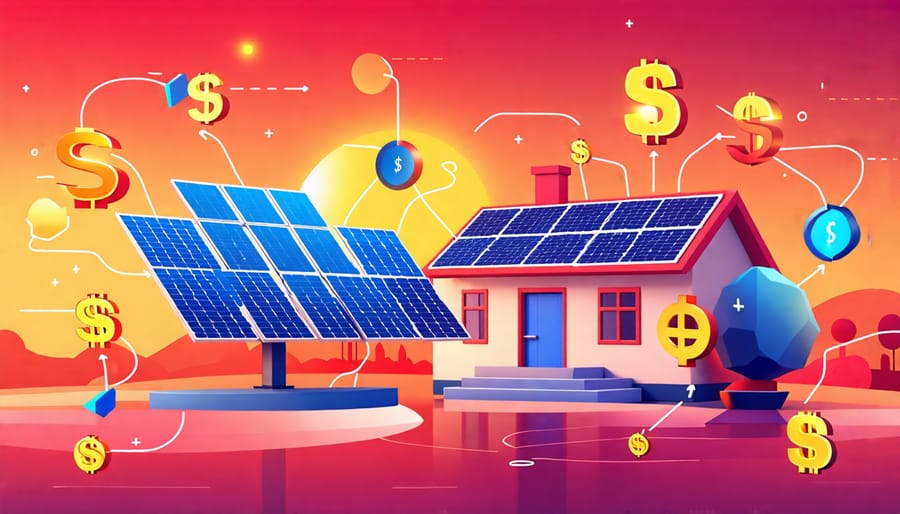
Conclusion
In conclusion, homeowner solar energy grants offer a fantastic opportunity to make the switch to clean, renewable energy more affordable and accessible than ever before. By taking advantage of these programs, you can significantly reduce the upfront costs of installing solar panels on your home, while also enjoying the long-term financial and environmental benefits of generating your own electricity.
We encourage all homeowners to research the solar grant programs available in their area and determine which ones they may qualify for. With a little effort and due diligence, you could be well on your way to enjoying the many perks of a solar-powered home.
At Residential Solar Panels, we are committed to helping homeowners navigate the process of going solar, from understanding the available incentives to selecting the right system for their needs. Our team of experts is always ready to answer your questions and provide guidance every step of the way.
So don’t wait any longer – start exploring your solar grant options today and join the growing community of homeowners who are embracing a brighter, cleaner future powered by the sun.




